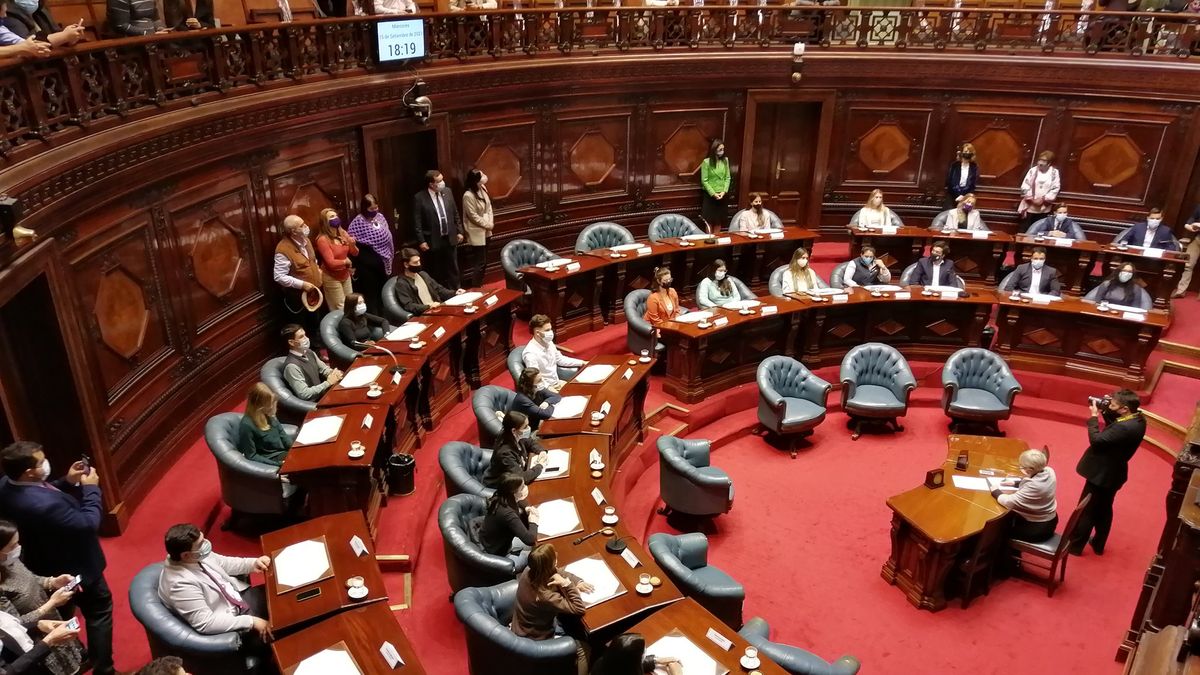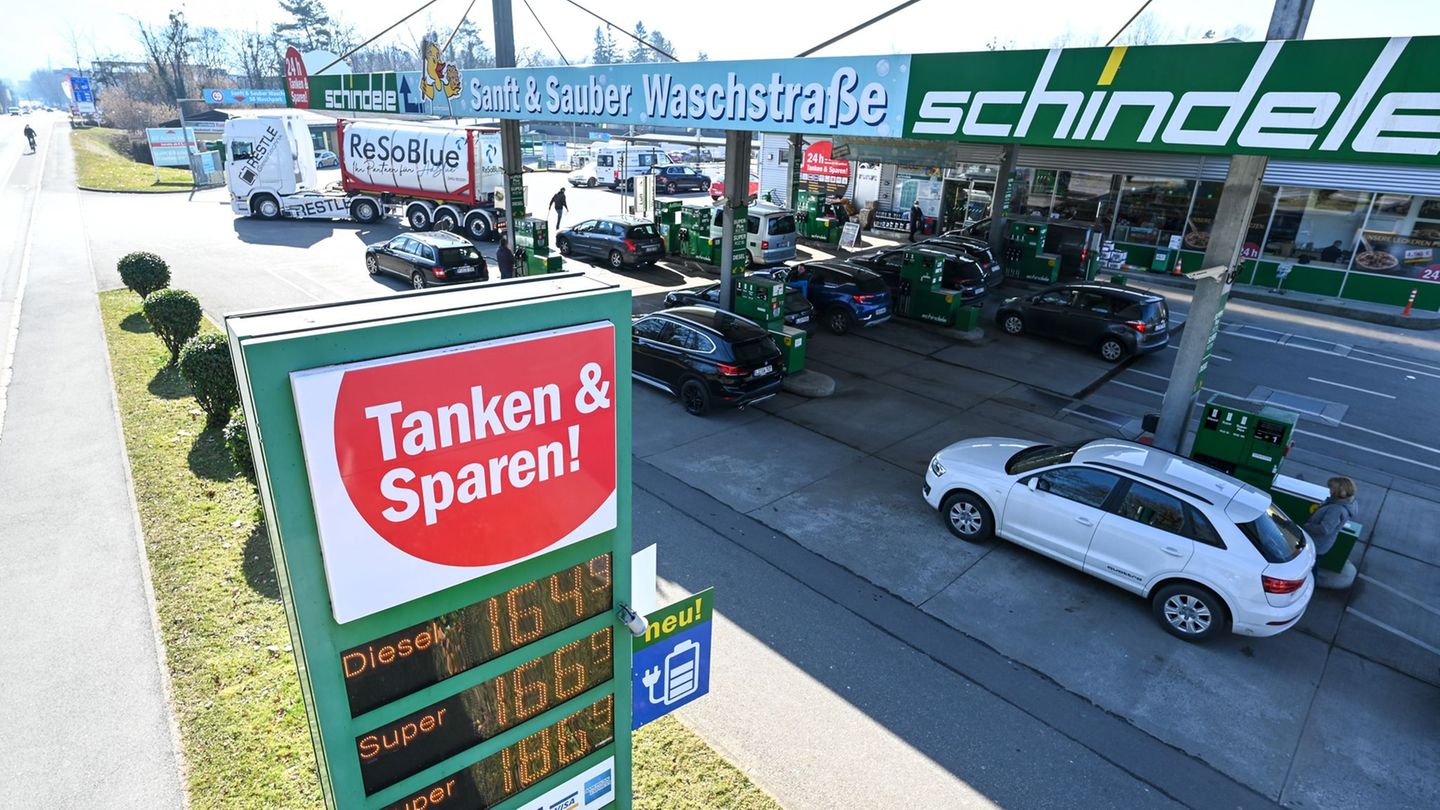There are certain requirements for setting up parking zones or 30 km/h zones. Relaxations are now coming into effect and municipalities have more leeway.
Municipalities now have more options to set up bus lanes, cycle paths and 30 km/h zones. The requirements for this will be relaxed by new regulations in road traffic law, which will come into force this Friday. Corresponding changes to the road traffic regulations passed the Federal Council in July and were published in the Federal Law Gazette this Thursday. They will come into force on the following day. To protect against rear-end collisions, there will also be stricter requirements for trucks in the future.
A spokeswoman for the Federal Ministry of Transport said that states and municipalities would be able to react more flexibly to special local requirements in the future. “There will not be a nationwide speed limit of 30,” she emphasized. The regulations in detail:
Speed 30
The establishment of 30 km/h zones is subject to certain requirements. They can be set up in the immediate vicinity of daycare centers, schools, nursing homes or hospitals. The options are now being expanded to include the area around playgrounds and zebra crossings and on “highly frequented school routes” – meaning that traffic can be slowed down to 30 km/h not only directly in front of schools, but also on the way there. Two 30 km/h zones should be able to be connected more easily in the future (so-called gap closure). Previously they were allowed to be a maximum of 300 meters apart; in the future it could be up to 500 meters.
Special tracks
Special lanes or extra traffic lights for buses will become easier – as will the provision of “appropriate areas” for rolling and parked bicycles and for pedestrians. Authorities should also be able to set up lanes for testing climate-friendly mobility – for example for electric cars, hydrogen vehicles or cars in which several passengers sit. This is also intended to ensure safety if such lanes are used to combine different speeds when starting off.
Park
Zones with parking permits for car owners in the neighborhood are an “effective instrument for controlling parking levels in urban areas.” In the future, they should not only be possible as a reaction to considerable “parking pressure” – but should also be opened up for traffic planning and urban development considerations in order to prevent such parking pressure from occurring.
Loading zones
There will be a new, uniform traffic sign called “loading area” for separate parking areas for loading and unloading for private and commercial purposes. Stopping and parking in such places is only permitted for loading and unloading. This is intended to curb traffic looking for parking and stopping and double parking, which often causes traffic to stall and lead to accidents. The new blue signs are intended to mark loading zones with a time limit, and the area should also be able to be marked on the street.
Security
From now on, vehicles over 3.5 tonnes will be banned from switching off emergency braking assistants at speeds of more than 30 kilometers per hour. The reason given is that serious accidents can often occur, especially on motorways, when trucks drive into vehicles at the end of a traffic jam. Such systems warn of impending collisions and automatically reduce the speed.
Source: Stern
I have been working in the news industry for over 6 years, first as a reporter and now as an editor. I have covered politics extensively, and my work has appeared in major newspapers and online news outlets around the world. In addition to my writing, I also contribute regularly to 24 Hours World.




